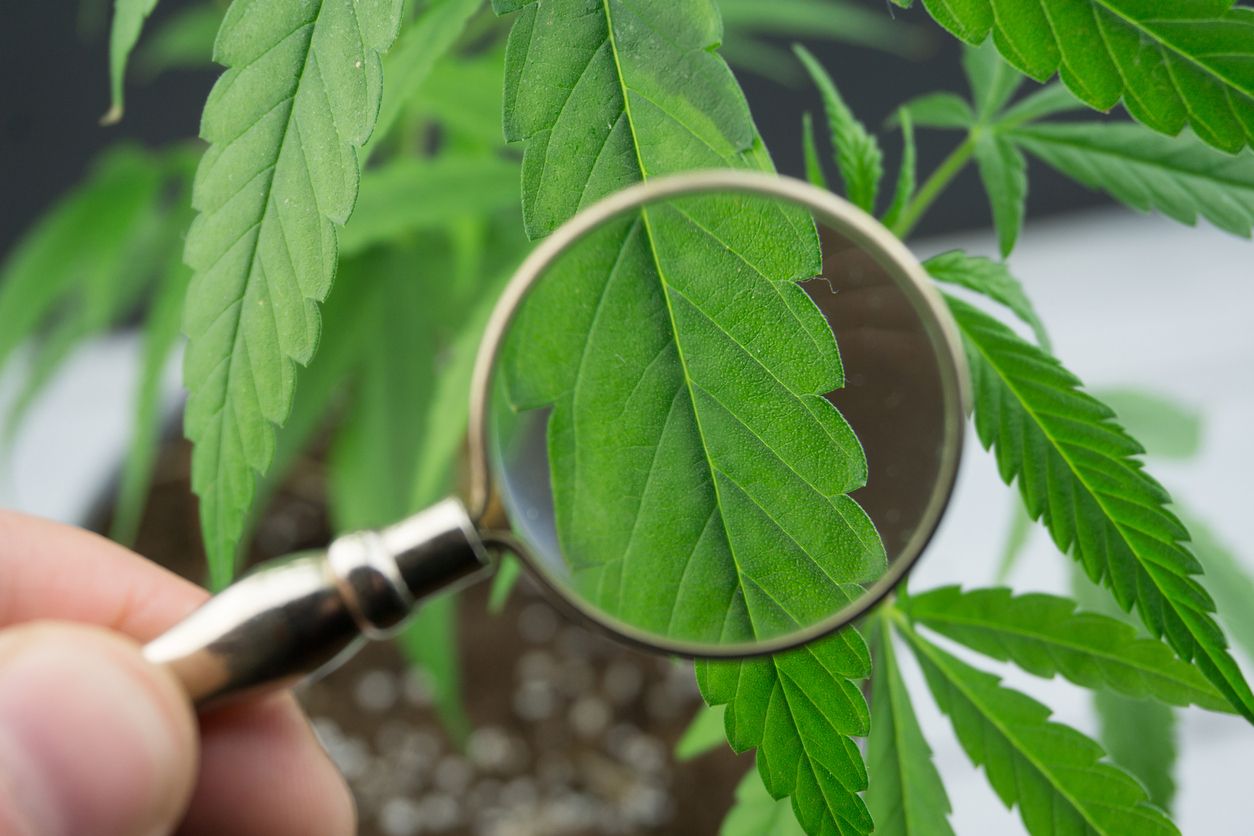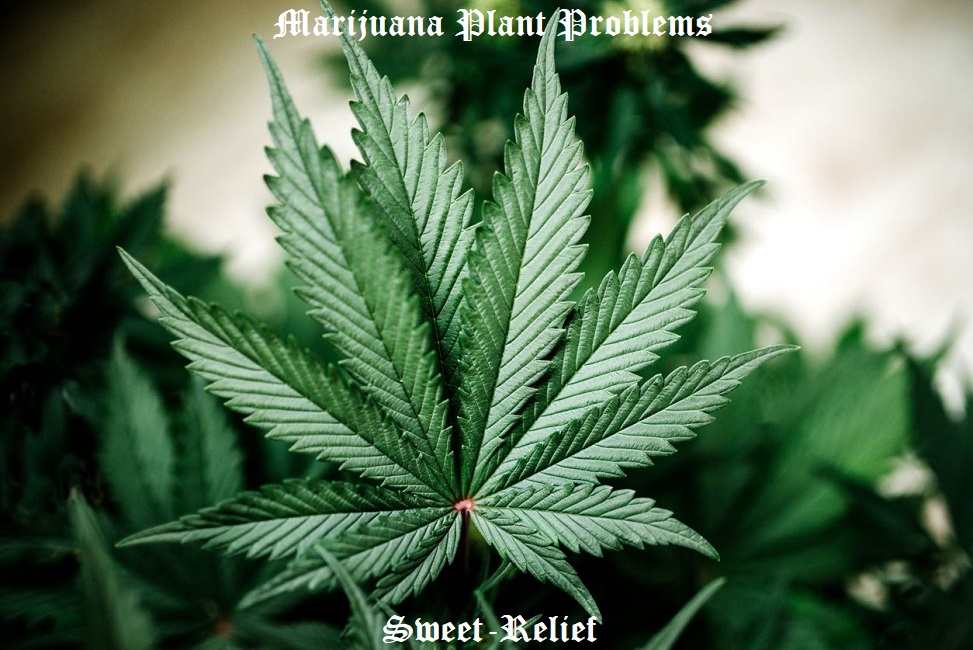Cultivating cannabis can be a double-edged sword. On one hand, it can be one of the most rewarding things that you will ever do. On the other hand, many of the common cannabis plant deficiencies can make growing marijuana one of the most frustrating things you will ever do.
It is nearly impossible to refrain from getting emotionally invested in a cannabis garden. That is also true regarding the financial investment. So when things go wrong in a garden, no matter the size of the operation, it can be soul crushing.
Every true cannabis cultivation expert will be quick to point out that no matter how much knowledge they have accumulated or how many successful crops they have harvested, they still run into problems from time to time.
The fact of the matter is that the cannabis plant can be finicky with hurdles and issues popping up during the cultivation process. One very common problem is cannabis nutrient deficiencies. Marijuana plant deficiencies come in many forms, knowing how to spot them and how to fix them is crucial to success.
It is a virtual guarantee that if you cultivate long enough, you will run into nutrient deficiencies. Educating yourself on common types of cannabis nutrient deficiencies and being prepared ahead of time very well could be the difference between you salvaging your harvest or having no harvest at all.
The Green Flower team, in conjunction with nutrient expert Simon Hart of Grotek Nutrients, has identified some of the most common types of cannabis plant nutrient deficiencies. In this article, we will discuss their deficiency symptoms and how to properly address each type of problem you’ll likely encounter.
However, first we will discuss some very important factors to keep in mind when it comes to cannabis plant nutrient deficiencies.
Common mistakes when growing marijuana

Here are some common mistakes newbie weed growers make.
Overwatering cannabis plants
New growers are often guilty of giving their new weed plants too much love. As we’ve mentioned before, it’s called weed for a reason—a lot of times the answer is to just let the plant be.
This can manifest in overwatering. A new grower may overthink watering and water too much.
But the drying out of soil is important too—that’s how roots pull oxygen out of soil and into the plant. Additionally, standing water can stay in soil and cause root rot if not given enough time to dry out.
Remember to only water a plant if the soil is dry 1-2 inches down.
Too many nutrients
Similar to overwatering, beginning growers also have the tendency to give plants too many nutrients. A common misconception is that more nutrients equals bigger plants, so just keep adding more and more!
This is a bad idea and will quickly lead to nutrient lockout or other nutrient deficiencies. Nutrient lockout occurs when a weed plant can’t take in any more nutrients.
A weed plant needs the correct balance of nutrients for it to grow properly and be healthy. If anything, err of the side of too little nutrients—it’s a lot harder to correct a plant with too many nutrients than to add more. Keep in mind that organic nutrients are a little more forgiving.
Also, keep an eye on the pH of water you use on your weed plants. This overlooked aspect can quickly lead to big problems.
Common problems to look out for when growing weed
Of course there are many problems that can arise when growing weed that should be fixed quickly. Weed plants are rather responsive, meaning they will show signs of distress if they aren’t getting the proper nutrients, have a bug infestation, or some other issue.
Check your cannabis plants regularly for issues. A good time to do this is when pruning, because you’ll be up close and personal with your plants.
Look at the main stalk of the plant. Stunted growth can be a sign of roots being bound or some other root issue. If one plant is considerably smaller than others or if you’ve been growing it for a while and it seems too small, it could have root issues.
Look for and remove dead or yellowing leaves, and weak or withering branches. If plants are flowering, look for bud rot and mold.
Inspect under fan leaves, as that’s where some bugs live—such as spider mites—and check where the stalk comes out of the soil, as some bugs live there too—in particular, root aphids.
Cannabis plant leaves should be a dark, vibrant green. Yellowing, discoloration, or spots on leaves are another big giveaway that your plant is sickly.
Nutrient Deficiencies
A common occurrence in cultivating cannabis or any plant for that matter is a deficiency in nutrients. Fortunately, the signs are easy to see. As such, adjusting is not at all unmanageable.
Boron
Boron plays a role in different plant processes including maturation, seed production, and protein formation.
Signs of Boron Deficiency
- Uppermost leaves grow
- Takes a long time for leaves to mature
- Leaves appear to be twisted or curled
- Stems become hollow and rough
- Roots grow slowly; secondary roots shorten and swell
Copper
Cannabis plants need copper for photosynthesis, respiration, and metabolism. Although rare, deficiency if not addressed may be fatal.
Signs of Copper Deficiency
- Younger leaves become affected first
- Discoloration is noticeable on the tips of the leaves
- Weird bluish metallic glint
- Flowers in male marijuana plants cannot mature
- Female plants show abnormal stigmas
- Roots grow unusually large and start to decay
Calcium
This nutrient is essential in keeping the cell wall tissues of the plants intact. Aside from this, it also takes part in root development and protein synthesis. Without enough calcium, the plant will show distorted growth.
Signs of Calcium Deficiency
- Leaves turn dark green or have necrotic spots
- New leaves are small and distorted
- Flowers or buds develop slowly
- Branches are weak
- Develop slimy root rot
Iron
Iron facilitates the production of chlorophyll – the green pigment that absorbs light and works with carbon dioxide to make plant food.
Signs of Calcium Deficiency
- Young leaves may turn yellow, but veins are still green
- Minimal bud growth, twisted stems
- Roots may be smelly, brown, and mushy
Magnesium
Magnesium prompts the growth of cannabis leaves. As such, it also helps in growing healthy veins.
Signs of Magnesium Deficiency
- The part between veins becomes yellow
- Edges of the leaves look burnt while some have brown spots or a patchy pattern
- The plant withers or sags
Manganese
Manganese plays a role in nitrate assimilation. Once disrupted, the plant starves because of its low capacity to use nitrates in creating protein.
Signs of Magnesium Deficiency
- Leaves become pale
- Some show interveinal chlorosis
- Spots on areas between veins
- Growth is reduced or stunted
Molybdenum
Molybdenum converts nitrate into ammonia to aid in generating protein. As it is essential in plants, protein affects the overall plant growth.
Signs of Molybdenum Deficiency
- Discoloration on the leaves: orange, red, or pink on the edges
- Apparent changes begin in the middle of the plant and moves upward
Nitrogen
Nitrogen is a component of chlorophyll. It is the compound needed by plants to make sugars from water and carbon dioxide. With less nitrogen in the plant’s system, the plant exhibit signs of starvation.
Signs of Nitrogen Deficiency
- Leaves start to turn pale in the lower part of the plant
- Deficiency becomes noticeable as it moves upward
- It starts at the bottom of the plant and shows yellowish leaves
Phosphorus
Phosphorus is needed when the plant reaches its flowering phase. It plays a role in the growth of roots and stems. It also plays a role in photosynthesis in which it converts light into energy. Lacking in phosphorus leads to a low yield.
Signs of Phosphorus Deficiency
- Grows tiny leaves
- Mosaic pattern – some show burnt or dying leaf tips, changes happen from the bottom and move upwards
- Leaves turn a darker shade of green, purple, and blue colors

